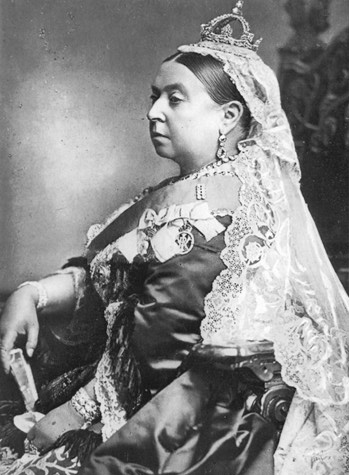
Philippa Fawcett. When she placed first in the Cambridge mathematical tripos in 1890, she forced a reassessment of nineteenth-century belief in the inferiority of the “weaker sex.”
To be a woman in the Victorian age was to be weak: the connection was that definite. To be female was also to be fragile, dependent, prone to nerves and—not least—possessed of a mind that was several degrees inferior to a man’s. For much of the 19th century, women were not expected to shine either academically or athletically, and those who attempted to do so were cautioned that they were taking an appalling risk. Mainstream medicine was clear on this point: to dream of studying at the university level was to chance madness or sterility, if not both.
It took generations to transform this received opinion; that, a long series of scientific studies, and the determination and hard work of many thousands of women. For all that, though, it is still possible to point to one single achievement, and one single day, and say: this is when everything began to change. That day was June 7, 1890, when—for the first and only time—a woman ranked first in the mathematical examinations held at the University of Cambridge. It was the day that Philippa Fawcett placed “above the Senior Wrangler.”
To understand why one woman’s achievement so shook the prejudices of the Victorian age—and why newspapers from the New York Times to the Times of India thought it worthwhile to devote thousands of words to an exam that today means little to anybody but the students themselves—it is necessary to understand why Cambridge mathematics mattered in the 19th century. Continue reading


